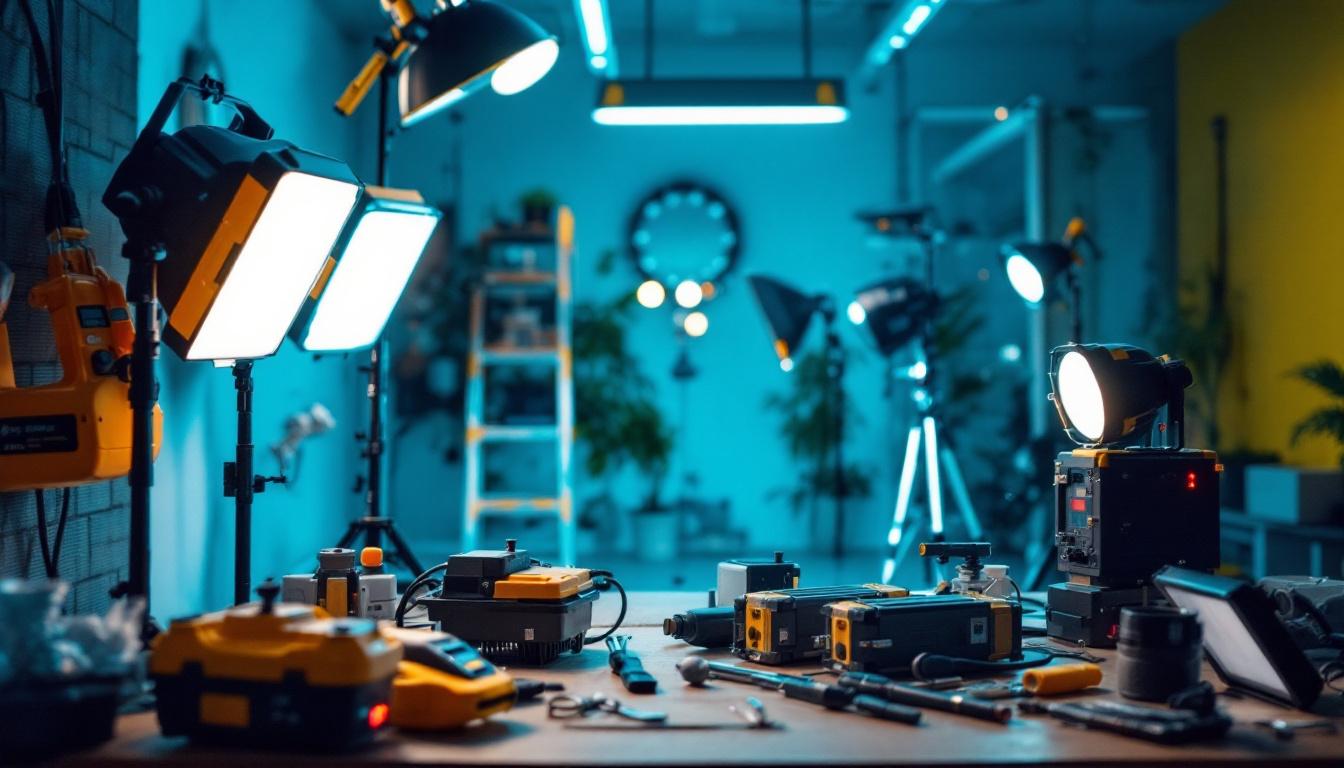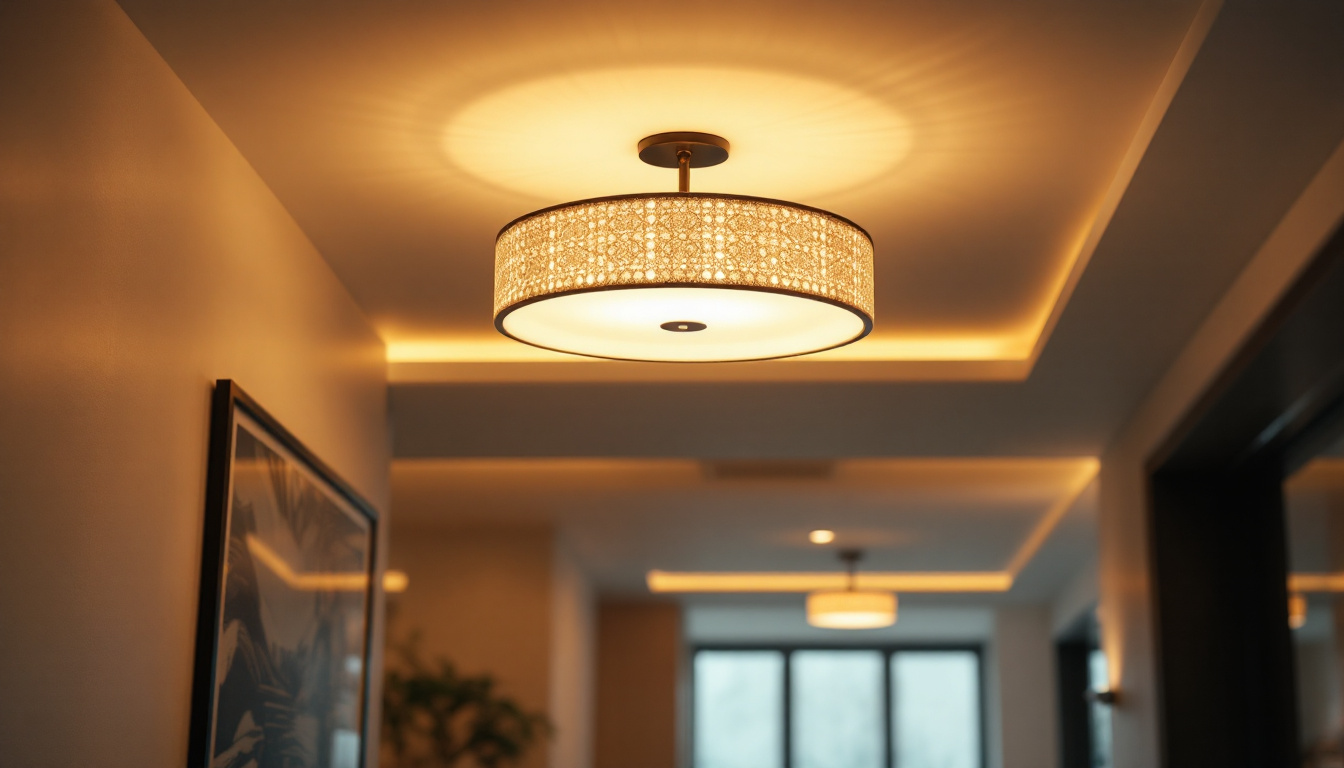
For lighting contractors, understanding the components of lighting systems is essential for providing quality service. One term that frequently arises in discussions about lighting is “ballast.” This article aims to demystify the concept of ballast, its types, functions, and its importance in various lighting applications. By the end, lighting contractors will have a clearer understanding of ballast and how it impacts their work.
At its core, ballast is a device that regulates the current in an electric circuit, particularly in fluorescent and HID (High-Intensity Discharge) lighting systems. It serves to provide the necessary starting voltage and limits the current to prevent the lamp from drawing too much power. Without a ballast, the lamp could overheat and fail prematurely.
Ballasts operate by creating a controlled environment for the lamp. When the lamp is first turned on, the ballast provides a high voltage to ignite the gas within the lamp. Once the gas is ionized and the lamp is lit, the ballast then reduces the voltage to a level that maintains the light output without causing damage.
This process is crucial for ensuring the longevity and efficiency of the lighting system. A properly functioning ballast not only extends the life of the lamp but also enhances energy efficiency, which is a significant consideration for both contractors and end-users. Furthermore, the choice of ballast can influence the overall performance of the lighting system, including factors such as color rendering and brightness stability, which are vital in settings like retail stores or art galleries where lighting quality is paramount.
There are primarily two types of ballasts: magnetic and electronic. Each type has its unique characteristics and applications, making it essential for contractors to understand the differences.
In recent years, advancements in ballast technology have led to the development of smart ballasts that can communicate with building management systems. These ballasts can adjust lighting levels based on occupancy or daylight availability, further optimizing energy use and contributing to sustainable building practices. As the demand for energy-efficient solutions continues to grow, understanding the role and functionality of ballasts becomes increasingly important for achieving optimal lighting performance and energy savings.
Choosing the appropriate ballast is critical for the overall performance of a lighting system. The right ballast can enhance energy efficiency, improve light quality, and extend the lifespan of the lamps. Conversely, using an incompatible or low-quality ballast can lead to issues such as flickering lights, reduced light output, and increased energy consumption. Furthermore, selecting the right ballast can also contribute to a more sustainable environment by minimizing energy waste and reducing the carbon footprint associated with lighting systems.
In addition to performance benefits, the right ballast can also play a significant role in the safety of the lighting installation. A well-chosen ballast minimizes the risk of electrical hazards, such as short circuits or overheating, which can lead to fire risks in extreme cases. Therefore, investing time and resources in selecting the right ballast not only enhances the functionality of lighting systems but also ensures a safer environment for users.
When selecting a ballast, several factors should be taken into account:
Understanding common issues related to ballasts can help contractors troubleshoot problems more effectively. Here are some typical signs of ballast failure:
By being aware of these issues, users can take proactive measures to maintain their lighting systems. Regular inspections and timely replacements of faulty ballasts can prevent more significant problems down the line, ensuring that lighting remains efficient and effective. Additionally, understanding the differences between electronic and magnetic ballasts can further aid in making informed decisions, as electronic ballasts generally offer better performance and efficiency compared to their magnetic counterparts.
As LED technology continues to gain popularity, many contractors are considering ballast bypass as a viable option for retrofitting existing fluorescent fixtures. This process involves removing the ballast from the circuit and directly wiring the LED lamps to the power source. By doing so, not only can the lifespan of the lighting system be extended, but it can also lead to significant cost savings over time.
There are several advantages to opting for ballast bypass in LED retrofits:
While ballast bypass offers numerous benefits, there are important considerations to keep in mind:
Furthermore, the transition to LED technology through ballast bypass can also have a positive impact on the overall aesthetic of a space. The crisp, bright light emitted by LEDs can enhance the appearance of colors and textures, making environments feel more vibrant and welcoming. Additionally, many LED options are available in various color temperatures, allowing for customization that can better suit the mood or function of a room. This versatility is particularly beneficial in settings such as retail spaces, where lighting can significantly influence customer experience and purchasing behavior.
Moreover, as businesses and homeowners increasingly prioritize sustainability, the shift to LED lighting through ballast bypass aligns well with green building initiatives. By reducing energy consumption and minimizing waste associated with traditional fluorescent lamps, this retrofit approach not only supports environmental goals but can also enhance a property’s marketability. In a world where energy efficiency and sustainability are becoming crucial selling points, making the switch to LED lighting can be a smart investment for the future.
Regular maintenance and timely replacement of ballasts are essential for ensuring the longevity and efficiency of lighting systems. Contractors should be familiar with best practices for maintaining ballasts to avoid unexpected failures.
Here are some tips for maintaining ballasts:
Knowing when to replace a ballast is crucial for maintaining optimal lighting performance. Signs that a ballast may need replacing include:
Understanding ballast and its role in lighting systems is vital for lighting contractors. By grasping the functionality, types, and maintenance of ballasts, contractors can make informed decisions that enhance the performance and efficiency of their lighting projects. Whether dealing with traditional fluorescent systems or modern LED retrofits, knowledge of ballasts will ultimately lead to better service and satisfied clients.
In a rapidly evolving industry, staying updated on the latest technologies and practices surrounding ballasts will ensure that lighting contractors remain competitive and capable of meeting the diverse needs of their clientele. By prioritizing quality and efficiency, contractors can contribute to a more sustainable and effective lighting landscape.
Ready to enhance your lighting projects with the best in the industry? Look no further than LumenWholesale for all your lighting needs. Our extensive selection of spec-grade lighting products is designed to meet the highest industry standards, ensuring you deliver reliable and high-performance lighting solutions to your clients. Say goodbye to inflated markups and hello to unbeatable wholesale prices, plus enjoy the convenience of free shipping on bulk orders. Don’t compromise on quality or value; choose LumenWholesale for a seamless purchasing experience. Visit us now at Wholesale Lighting at the Best Value and take the first step towards a brighter, more efficient lighting future.

Explore the rising significance of LED retrofit recessed lighting in the evolving lighting industry.

Discover why staying updated on the latest ceiling lamp trends is crucial for lighting contractors.

Discover effective strategies for lighting contractors to tackle common challenges in post lamp pole installations.

Discover the essentials of Wobble Light technology in just five minutes! Perfect for lighting contractors, this article breaks down the benefits, applications, and setup tips of these innovative, durable lighting solutions..